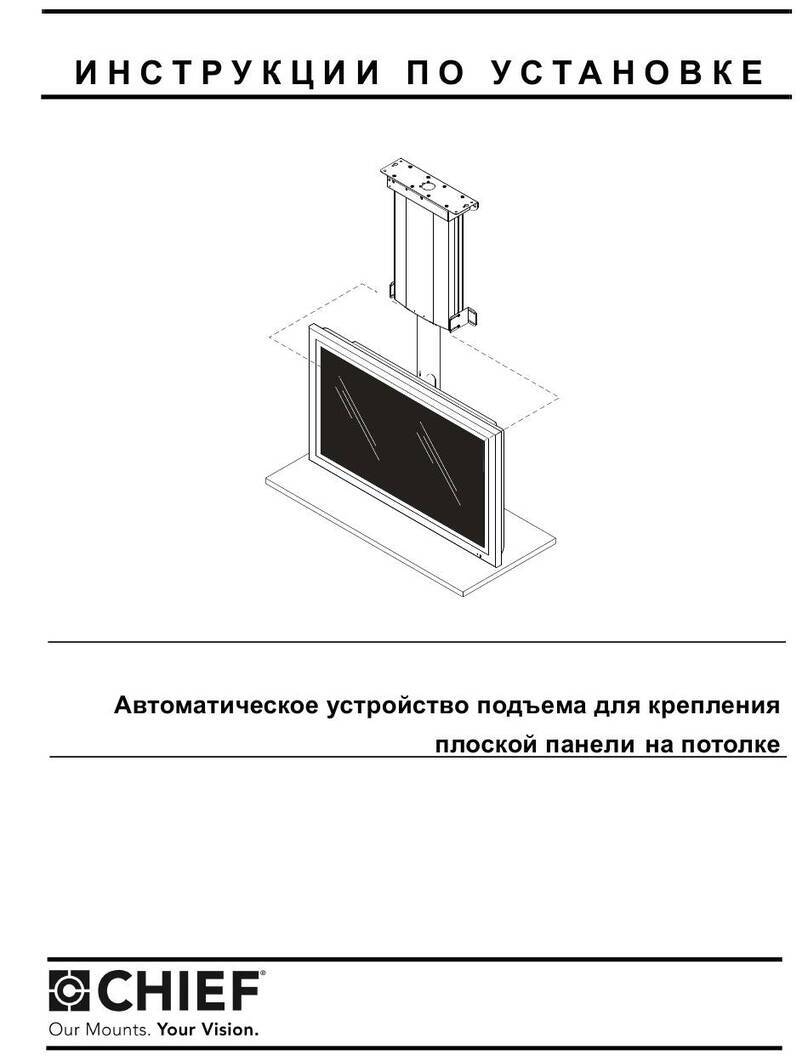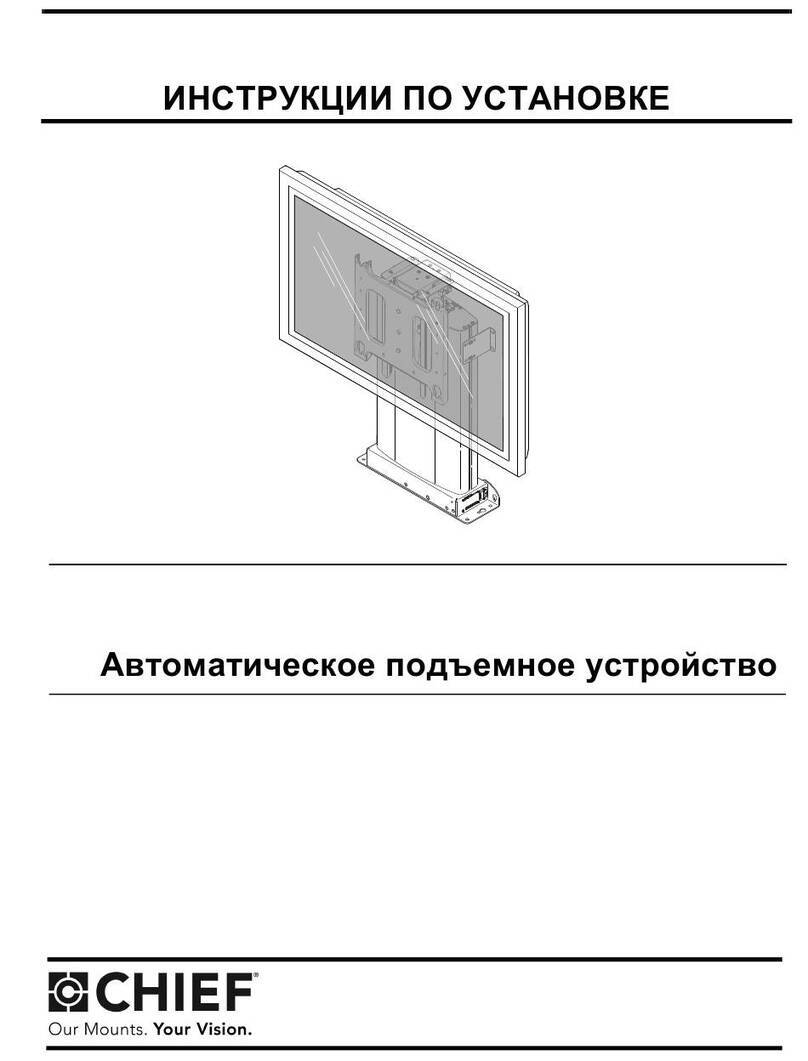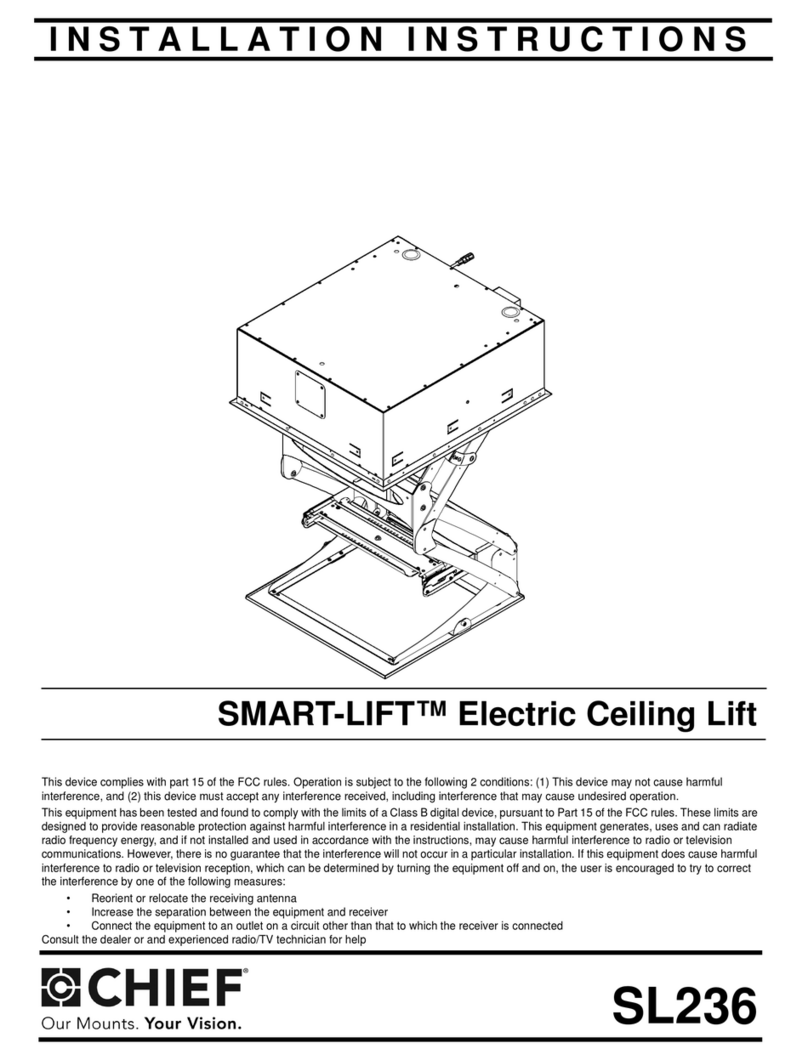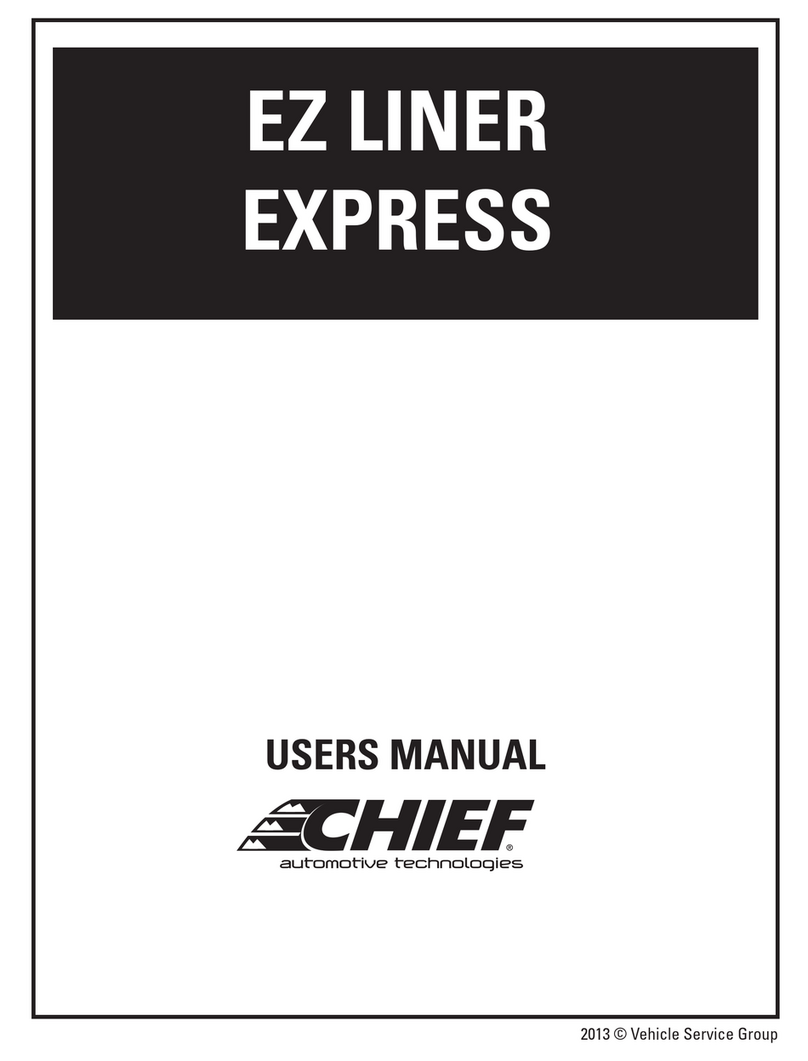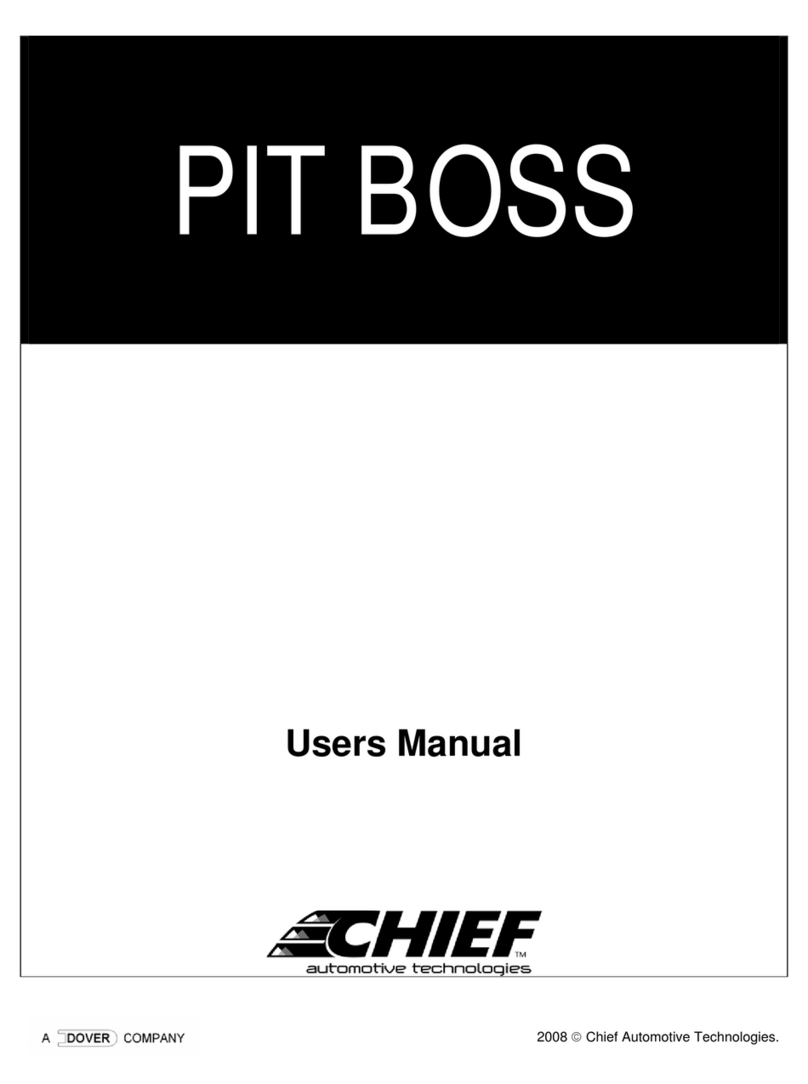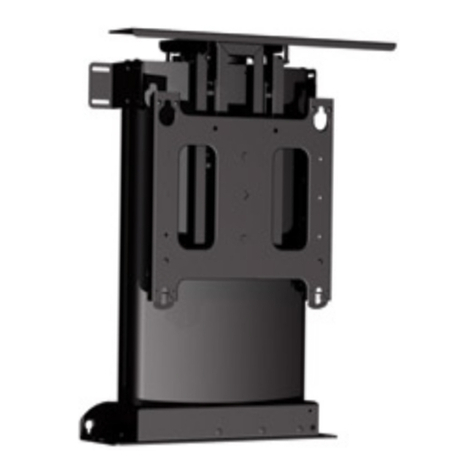
KAHUNA
Users Manual
1
TABLE OF CONTENTS
WARRANTY.........................................................................................................2
GENERAL SAFETY INSTRUCTIONS .................................................................3
GENERAL SPECIFICATIONS .............................................................................4
INSTALLATION....................................................................................................5
General Information ........................................................................................5
Machine Anchoring .........................................................................................5
Installation Test ...............................................................................................6
OPERATING INSTRUCTIONS.............................................................................7
Safety Procedures...........................................................................................7
Daily Pre-Operation Check .............................................................................8
Controls ...........................................................................................................9
Operation .......................................................................................................10
Owner/Employer Responsibilities: ..............................................................12
Lift Lockout/Tagout Procedure ....................................................................13
Raising Vehicle..............................................................................................15
Lowering Vehicle...........................................................................................16
Anchoring Vehicle (Short Stands) ...............................................................17
Anchoring Vehicle (Optional Tall Stands & Wheel Stands).......................18
Vector Pulling ................................................................................................20
Attaching the Vector Pulling Arm to the Deck ........................................20
Basic Pulling Setup ...................................................................................20
Pulling Setup Examples ............................................................................22
Foot Pump Assembly ................................................................................23
MAINTENANCE .................................................................................................24
Periodic Maintenance Schedule...................................................................24
Daily Pre-Operation Check ...........................................................................24
Monthly Maintenance....................................................................................24
Chain Maintenance........................................................................................25
Refilling Hydraulic Fluid Reservoirs............................................................25
Priming the Foot Pump.................................................................................26
TROUBLESHOOTING .......................................................................................27

